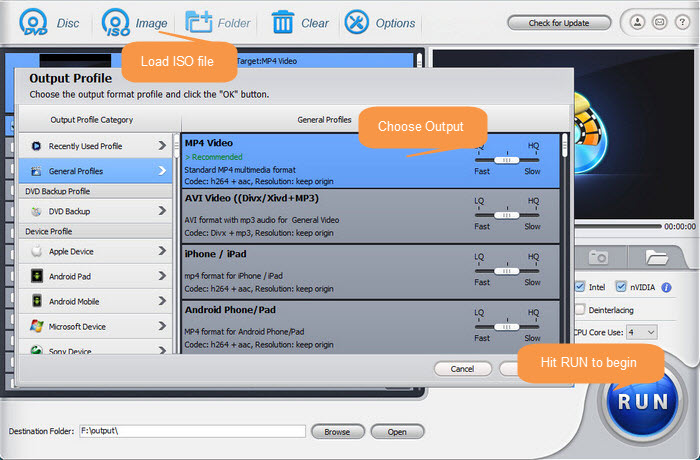



For this multi edition ISO, the install.wim file is annoyingly 0.03 GB too big to fit in FAT32 formatted USB flash drive: I had the Consumer Editions ISO, downloaded from my Visual Studio subscription, and I wanted to use this specific ISO. For those interested in how to do this very thing, I’ve written a tutorial on .Įarly this morning I had to make Windows 10 version 1803 multi edition USB install media. Deploying my custom Windows image on that laptop from USB, I have been forced to split the 12 to 20 GB custom install.wim files that I create, so I can deploy them using DISM instead of running Windows Setup. I have an Asus laptop: it’s only a few years old, and it simply refuses to boot from NTFS. That’s the real reason why they can only boot from FAT32. But, unfortunately, there are still a number of computers where BIOS / UEFI lacks proper drivers.


 0 kommentar(er)
0 kommentar(er)
